Alto Douro Wine Region
By Kelsea and Nicholas
What is the Alto Douro Wine Region?
The Alto Douro Wine Region is a historic and picturesque wine-producing area located along the Douro River in northern Portugal. Renowned as one of the world’s oldest wine regions, the Douro Valley is celebrated for its significant role in Port wine production.
Disclosure: This article contains affiliate links. Making a purchase through an affiliate link will mean a small commission for this website. This will not affect your price.
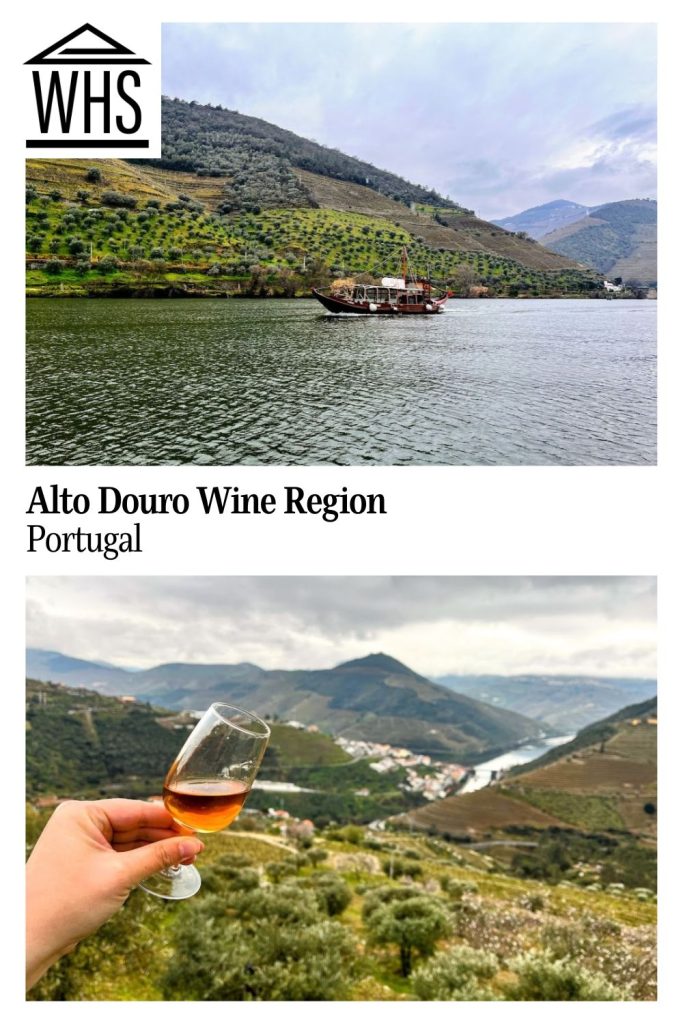
The landscape is characterized by steep terraced vineyards that have been meticulously crafted over centuries. These terraced vineyards are known as socalcos or patamares and allow for efficient cultivation on the steep slopes along the Douro River. This traditional method of vineyard management is part of what makes the Douro Valley unique and is a key factor in its recognition as a UNESCO World Heritage site.
Grape varieties like Touriga Nacional and Tinta Roriz flourish in the Mediterranean climate and are the cornerstone of the region’s exceptional wines.
Beyond viticulture, the region has a rich cultural heritage with historic quintas (large country houses), villages and landmarks, blending natural beauty with winemaking tradition and cultural significance.
Why is the Alto Douro Wine Region a UNESCO World Heritage site?
The Alto Douro Wine Region is a UNESCO World Heritage site due to its outstanding cultural landscape shaped by centuries of viticulture.
For close to two thousand years, the Alto Douro Region has been engaged in wine production, and its scenery has been shaped by human endeavors. Recognized in 2001 by UNESCO, it represents a harmonious coexistence of human activities and nature.
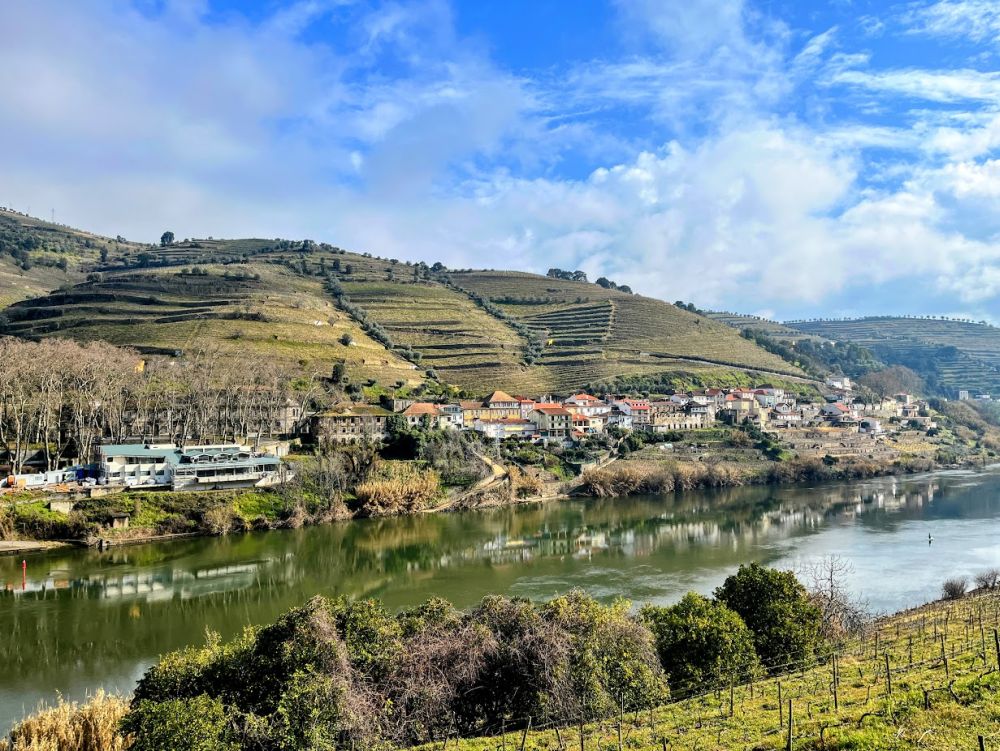
The region’s meticulously terraced vineyards, traditional wine estates (quintas), and historic villages showcase the enduring relationship between winemaking and the unique topography of the Douro River.
This cultural significance, coupled with the exceptional quality of Port wine produced here, led to its inscription, highlighting the Alto Douro Wine Region as a living testament to the historical and ongoing practices of grape cultivation and winemaking.
What can you expect on a visit to the Douro Valley?
A visit to the Douro Valley promises breathtaking landscapes and a glance into winemaking and its evolution in the last 2,000 years.
We loved taking a riverboat cruise. It was a lovely journey along the Douro River, providing peaceful moments as we absorbed the beauty and history of the terraced vineyards.
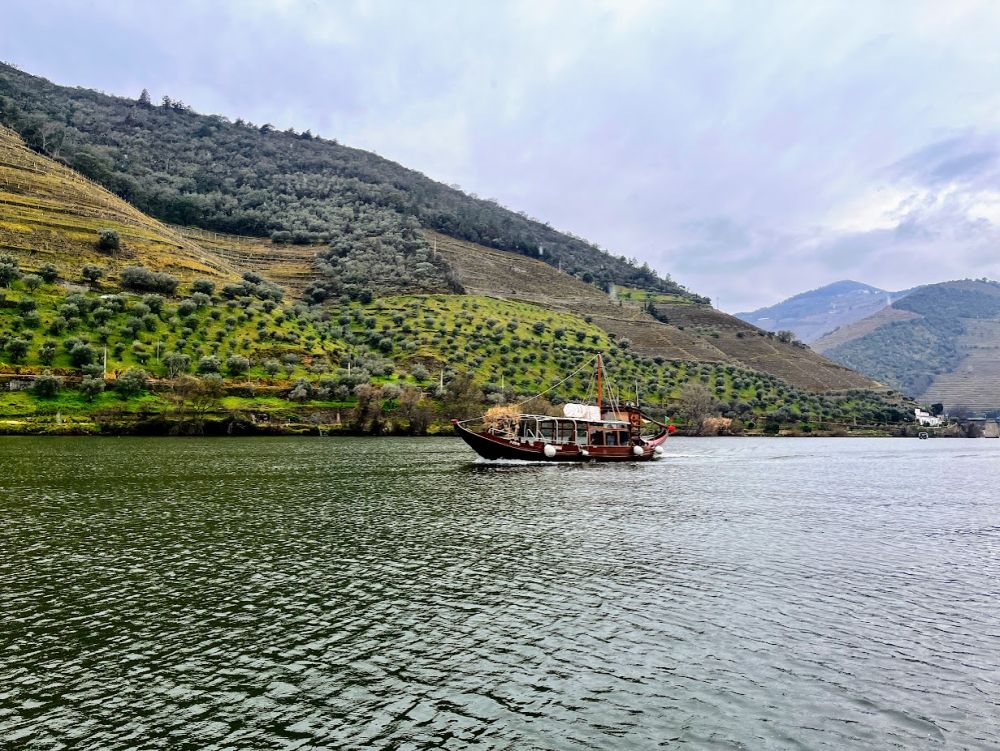
Take a small-group boat tour or private boat trip on the Douro River.
The region’s wineries offer phenomenal tastings, showcasing the rich history and quality of Port and table wines. It is easy to book a Douro Valley Wine Tour from towns like Pinhão and Peso da Régua, or take a full day trip from Porto: small group or private.
We also thoroughly enjoyed exploring the charming towns along the Douro River. They add a delightful cultural touch to your experience, with historic sites and local charm to discover.
Lamego is an exceptionally cool town to visit, with its medieval castle and the iconic Sanctuary of Our Lady of Remedies, accessed by a stunning staircase of nearly 700 steps surrounded by azulejos tiles and statues.
The overall allure lies in the seamless blend of relaxation, picturesque scenery, and the enjoyment of world-class wines.
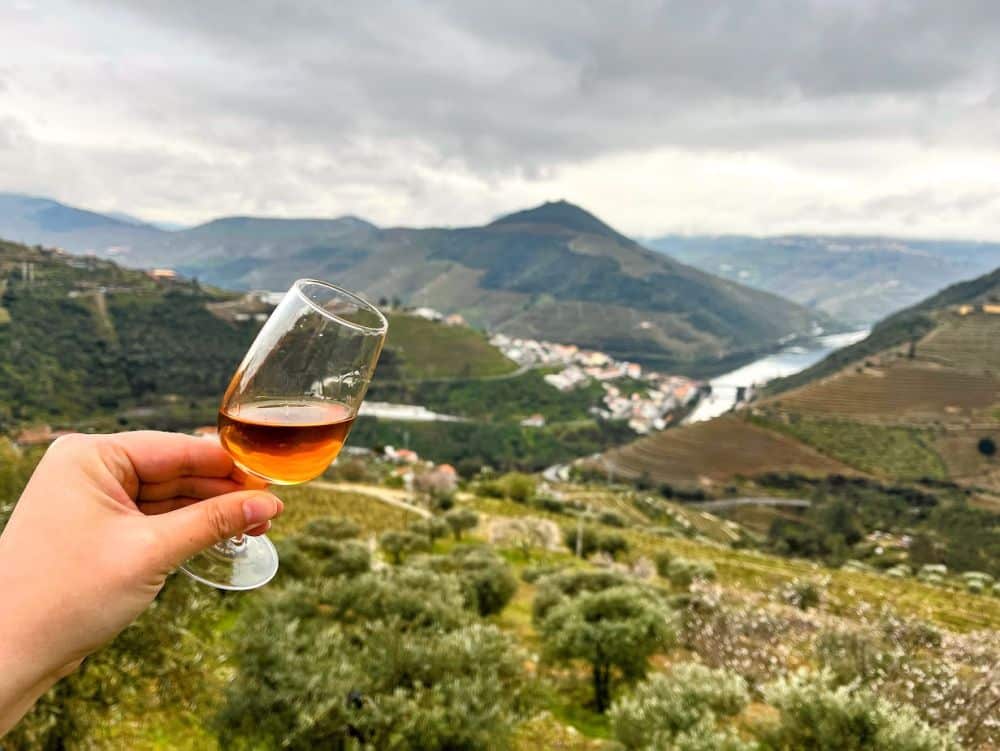
Is the Alto Douro Wine Region worth visiting?
Absolutely, visiting the Douro Valley is unequivocally worth it. It was a standout highlight during our trip to Portugal!
To fully immerse yourself, consider spending at least two nights in the valley. This will allow ample time to enjoy river cruises, explore charming towns, eat amazing food, and savor the world-renowned wines that make this region truly unforgettable.
Book your accommodations here or use the map below, which is centered on the middle of the region, to see what’s available.
What sorts of travelers would like the Alto Douro Wine Region?
The Alto Douro Wine Region appeals to a variety of travelers. Wine enthusiasts will enjoy exploring the heritage and flavors of the renowned Port wines.
Nature lovers are drawn to the stunning landscapes of terraced vineyards and the tranquil Douro River.
Those seeking a peaceful retreat from urban life will appreciate the region’s serene ambiance. The blend of wine culture, scenic beauty, and historical sites offers a diverse and enriching experience for different types of travelers.
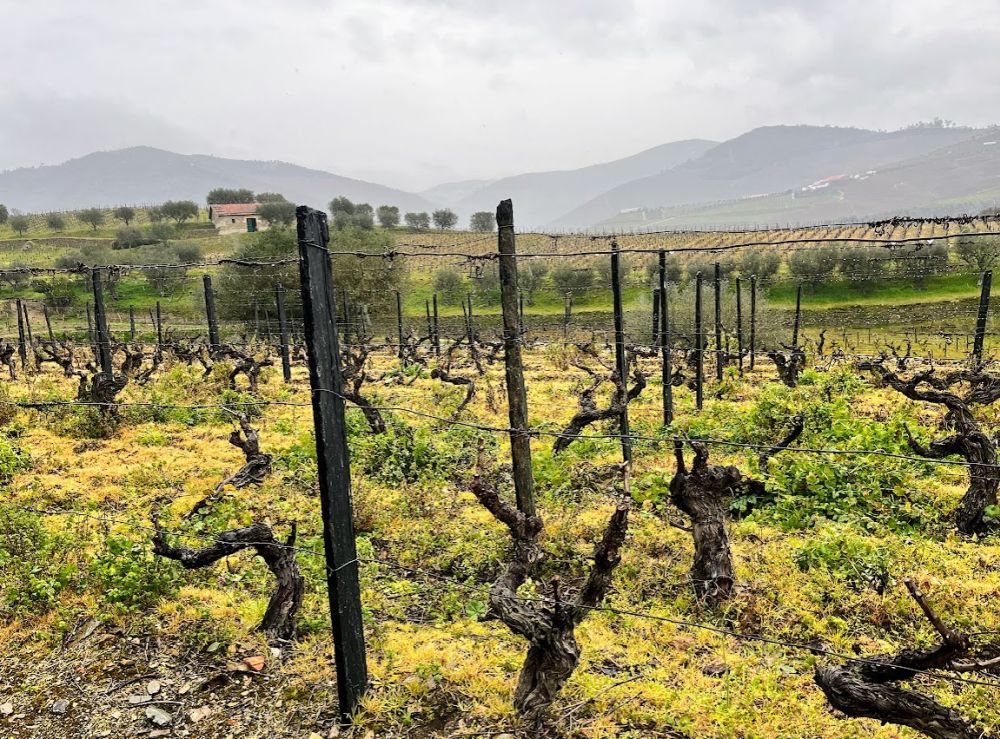
Tips for visiting the Douro Valley
For an optimal experience in the Alto Douro Wine Region, we highly recommend booking a guided wine tour to ensure both a safe and enriching exploration. The region’s intricate terrains and the high alcohol content of the Port wines make a guided tour a responsible choice.
We say from experience that navigating the winding streets can be challenging. Having an expert guide not only ensures safety but also provides valuable insights into the winemaking process and local culture.
If you do choose to rent a car to get around the region, park it at your hotel and take a tour for wine tastings.
Here are our top tips for visiting the Douro Valley:
- Reservations for tastings at wineries can sometimes be tough to get, and a wine tour makes sure you get into the best ones.
- Plan your visit during the grape harvest season (usually September and October) for a chance to witness the winemaking process in full swing. Some wineries even let you participate in the harvest which is an incredible experience!
- Opt for a stay in one of the charming wine estates (quintas) for a unique experience, as many offer accommodations that allow you to wake up surrounded by vineyards.
- During your trip, learn the different styles of Port wine, from Tawny to Vintage. Each has its unique characteristics, and understanding them enhances the tasting experience. Our favorite style was Rosé Port, a newer style with fruity notes, floral aromas, and a subtle sweetness.
- Enhance your visit by including a relaxing river cruise along the Douro, allowing you to absorb the stunning landscapes from a unique perspective.
- There are three other UNESCO sites in the north of Portugal worth seeing: the historic centers of Oporto and Guimarães, and the Sanctuary of Bom Jesus do Monte in Braga.
Lastly, we really recommend unplugging while in the valley. Take a hike along the vineyards, bring a book to read along the water, and immerse yourself in the tranquility of the region. Disconnecting from the digital world allows you to appreciate the breathtaking landscapes fully, savor the flavors of the wines, and connect with the land that has been producing great wine for over 2,000 years.
Where is the Alto Douro Wine Region?
The Douro Valley Wine Region is located in northern Portugal, about 100km east of Porto. It takes about an hour and a half to get to the Douro Valley from Porto. The streets are windy and on the side of steep hills.
You can also take a train from the iconic São Bento Station in Porto. The train provides passengers with enchanting views of the river and terraced vineyards before stops in Peso da Régua and Pinhão.
Lisbon is around a 3-and-a-half-hour drive away from the Douro Valley. Madrid, Spain, is a 5-hour drive away.
If you do plan on going to wine tastings, please don’t drink and drive. Opt instead to stay at one of the Quintas in the valley.
For more information about The Douro Valley, see its official website.
Text and photos provided by Kelsea and Nicholas of Out Of Office Mindset. Kelsea and Nicholas travel full-time to create easy-to-use guides based on their real experiences. Their goal is to help you make taking well-deserved vacations as easy as possible!
Have you been to Alto Douro Wine Region? If so, do you have any additional information or advice about this UNESCO World Heritage site? Please add your comments below!
